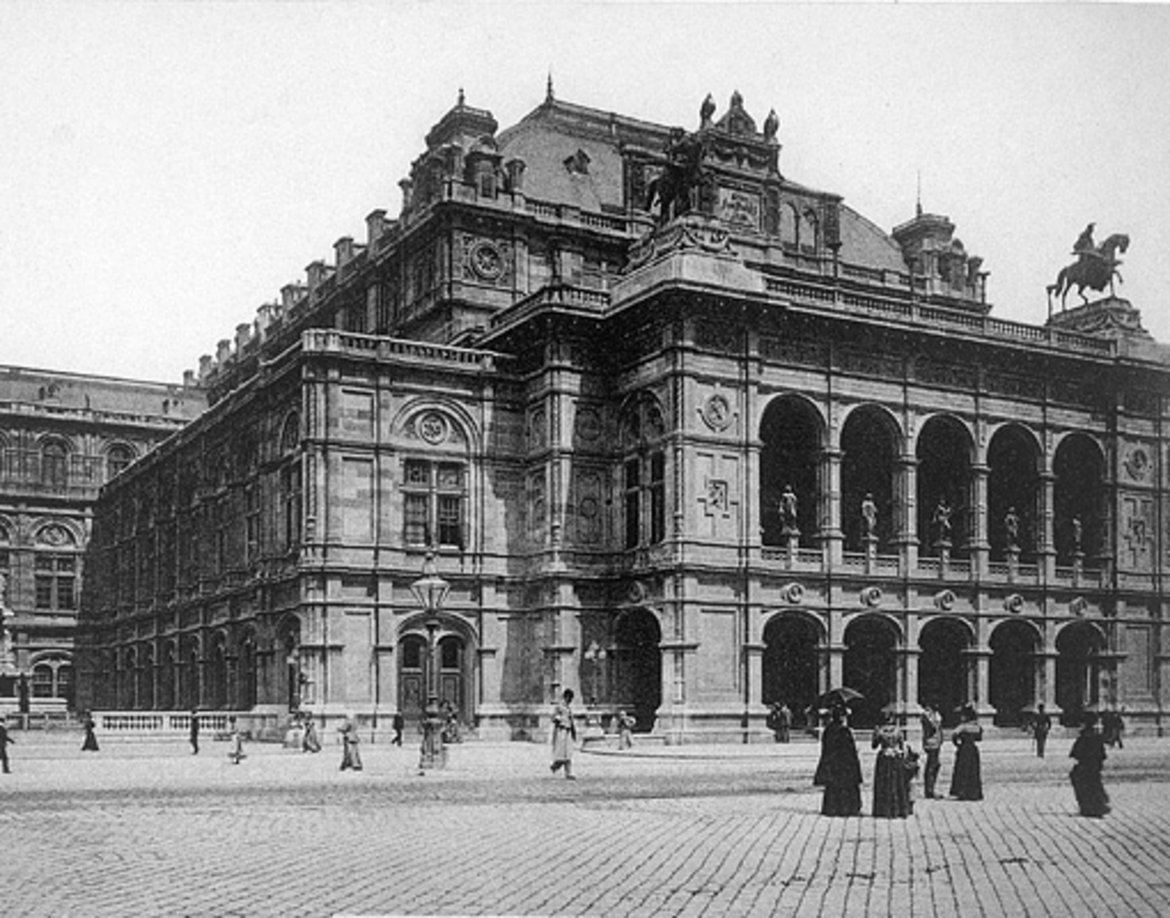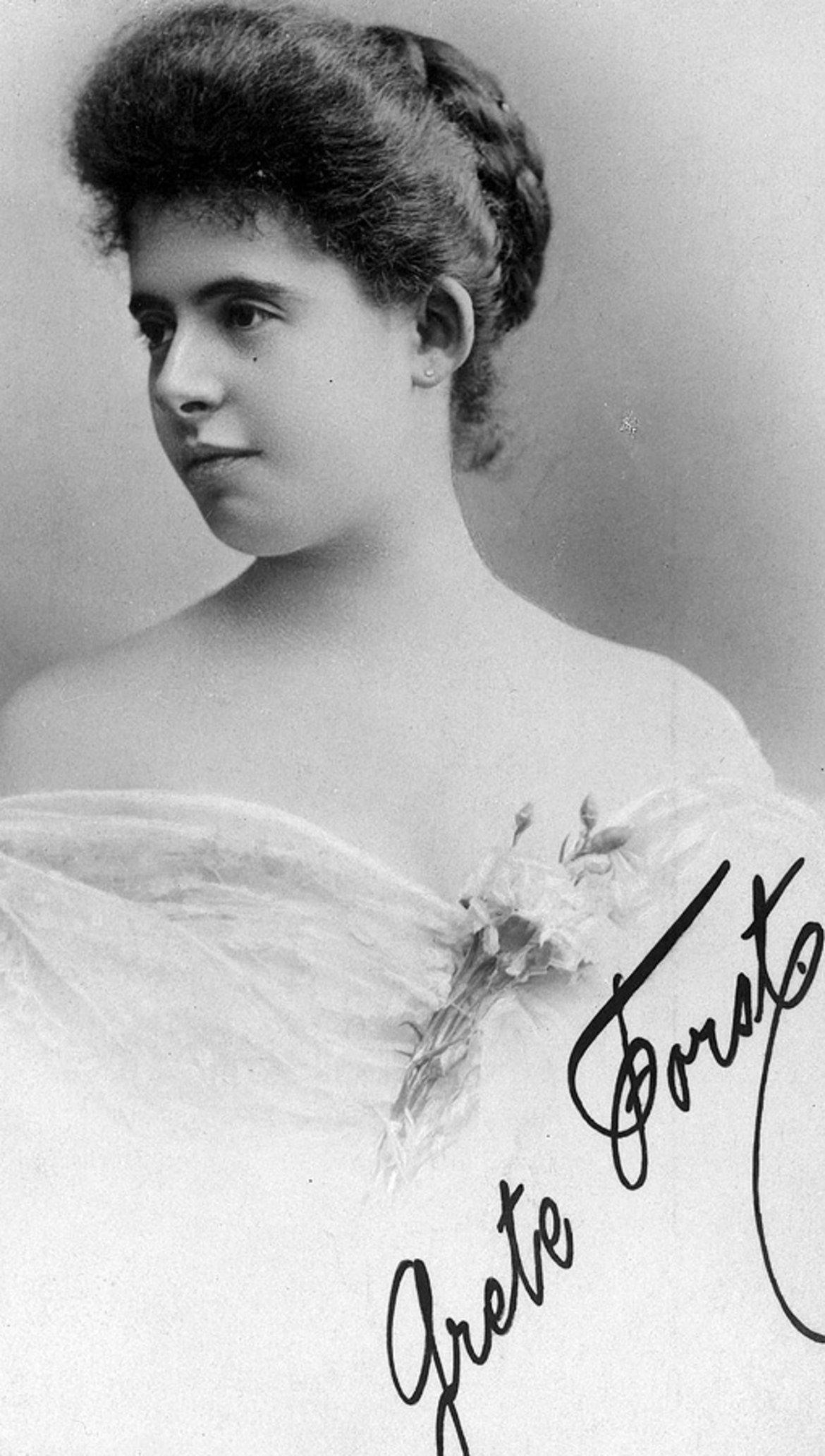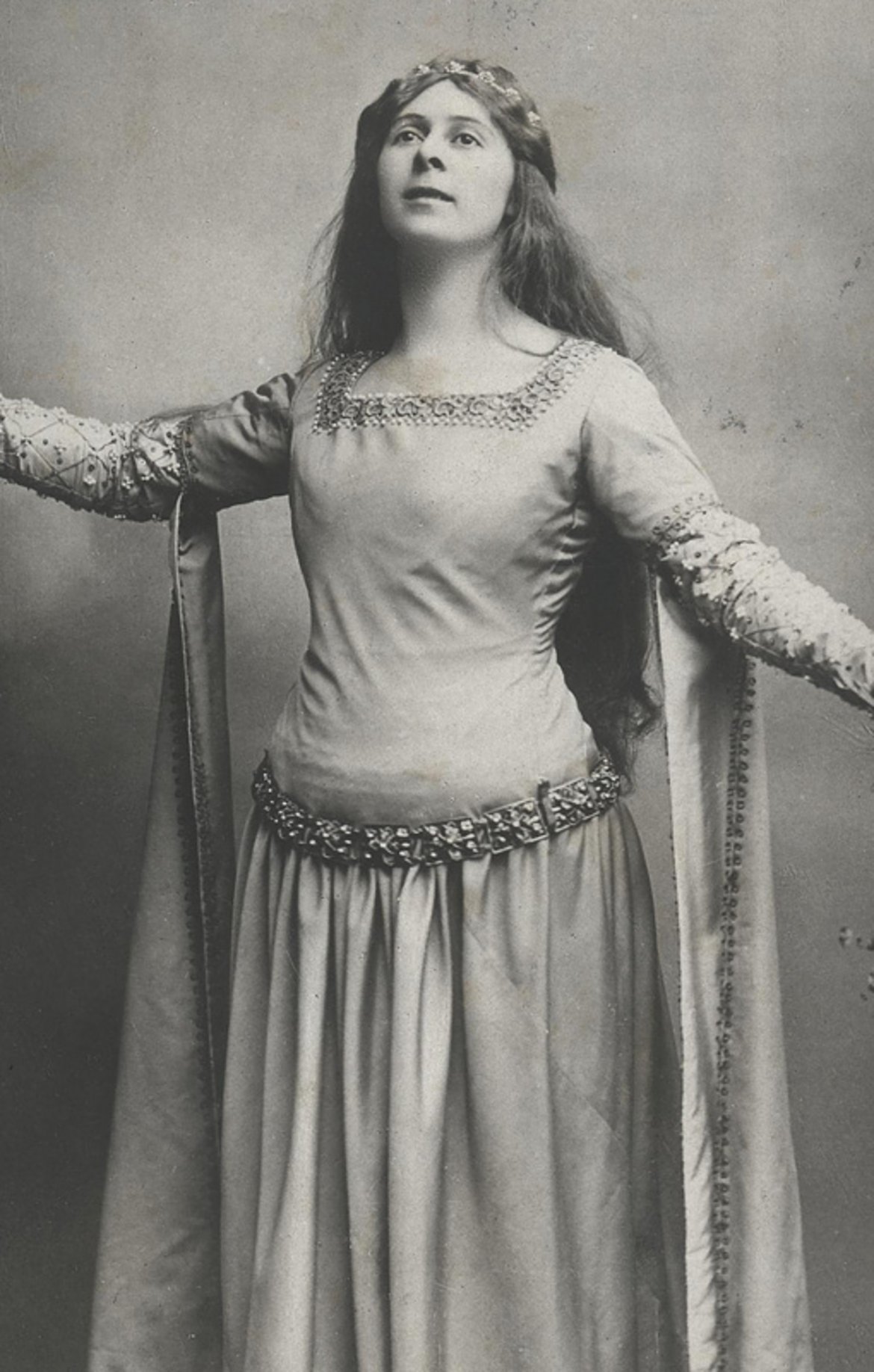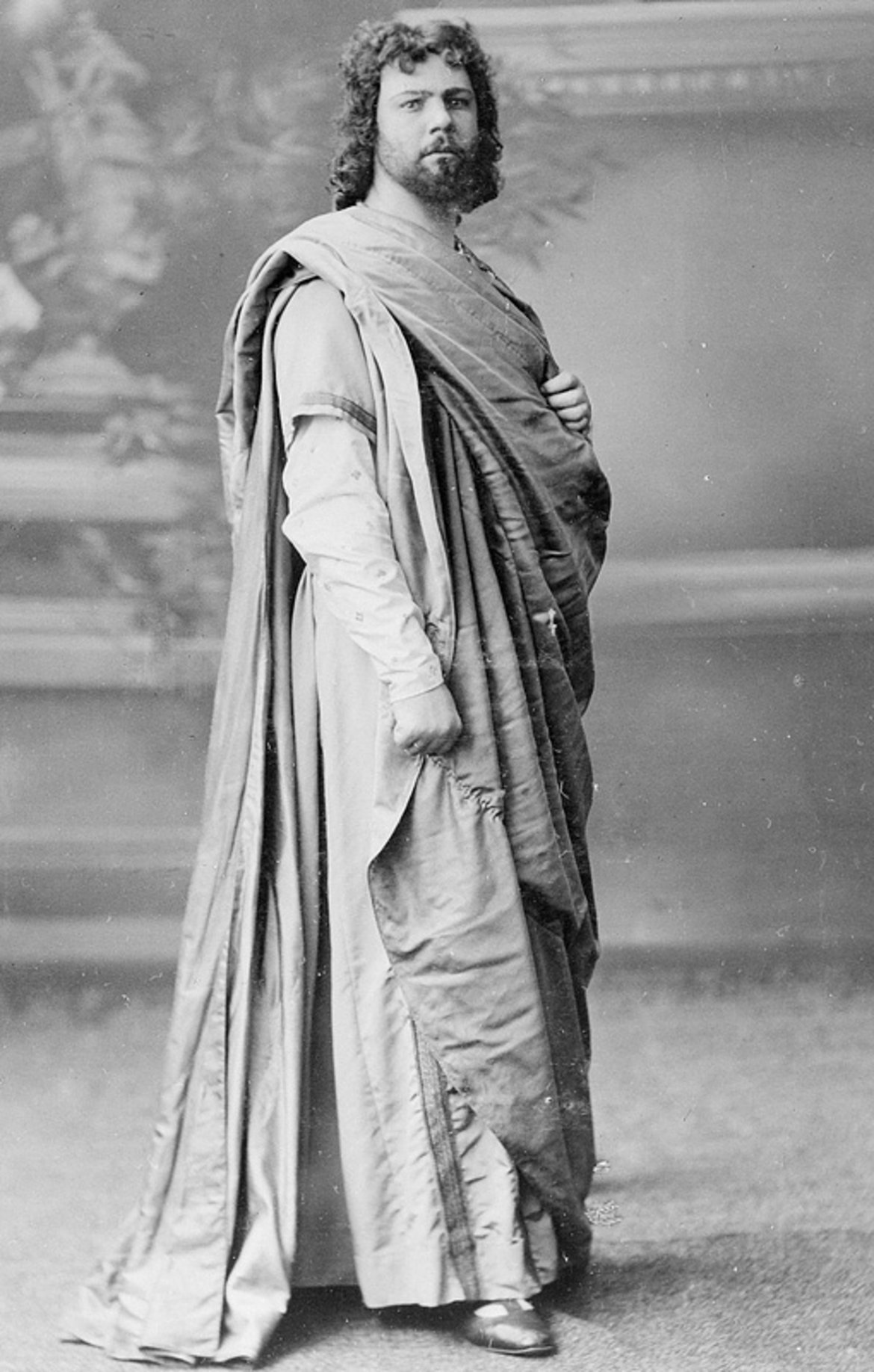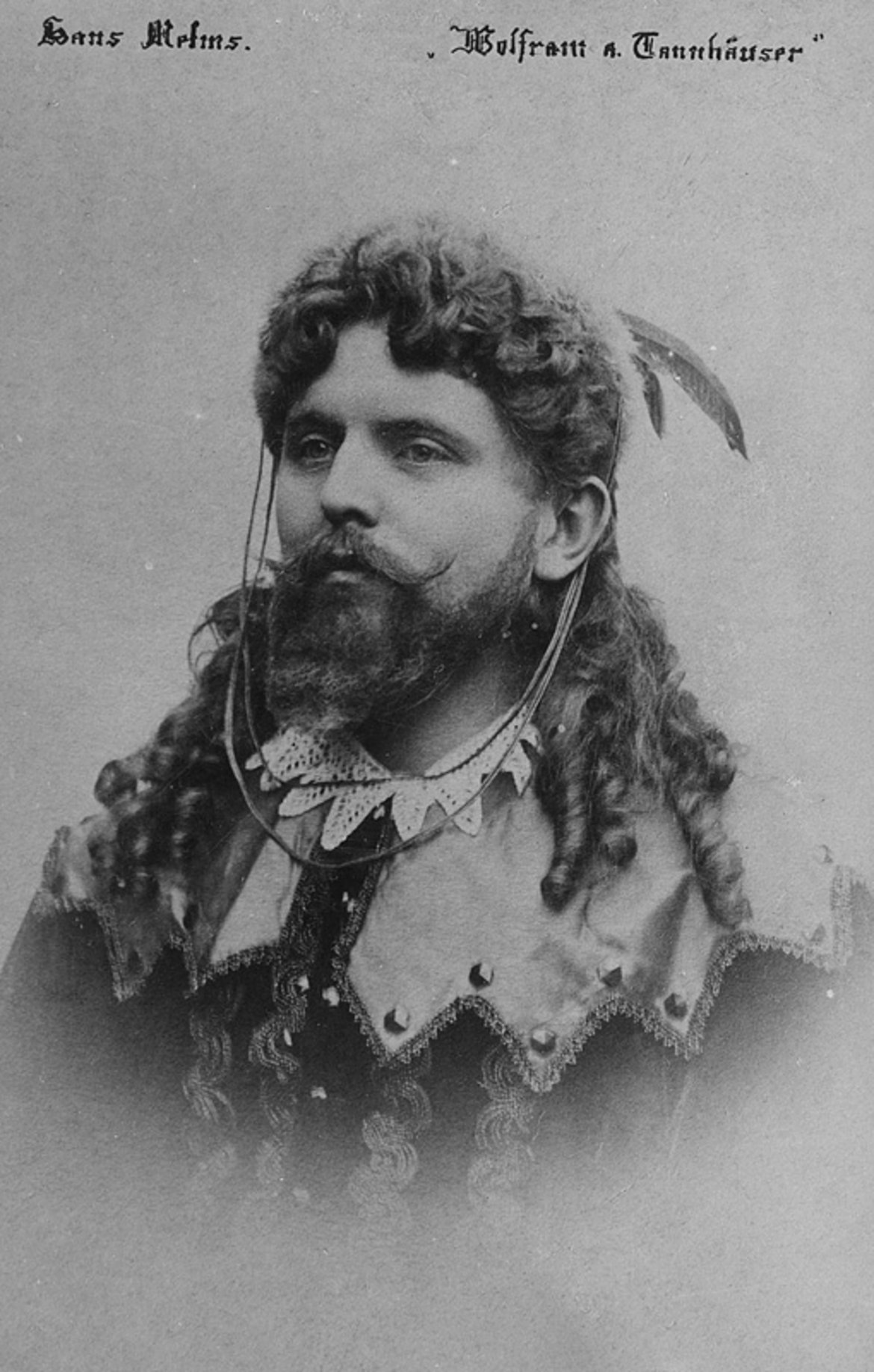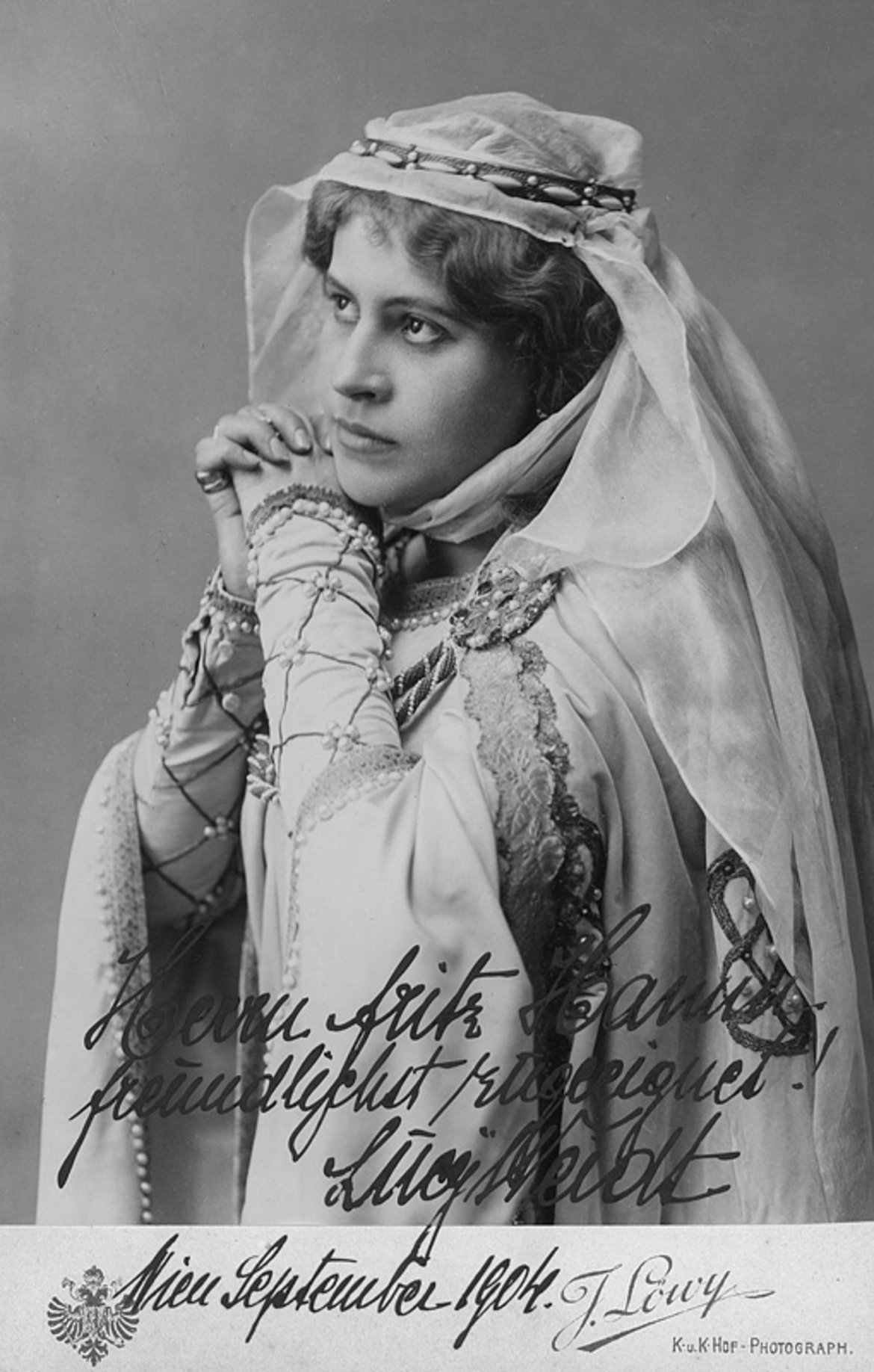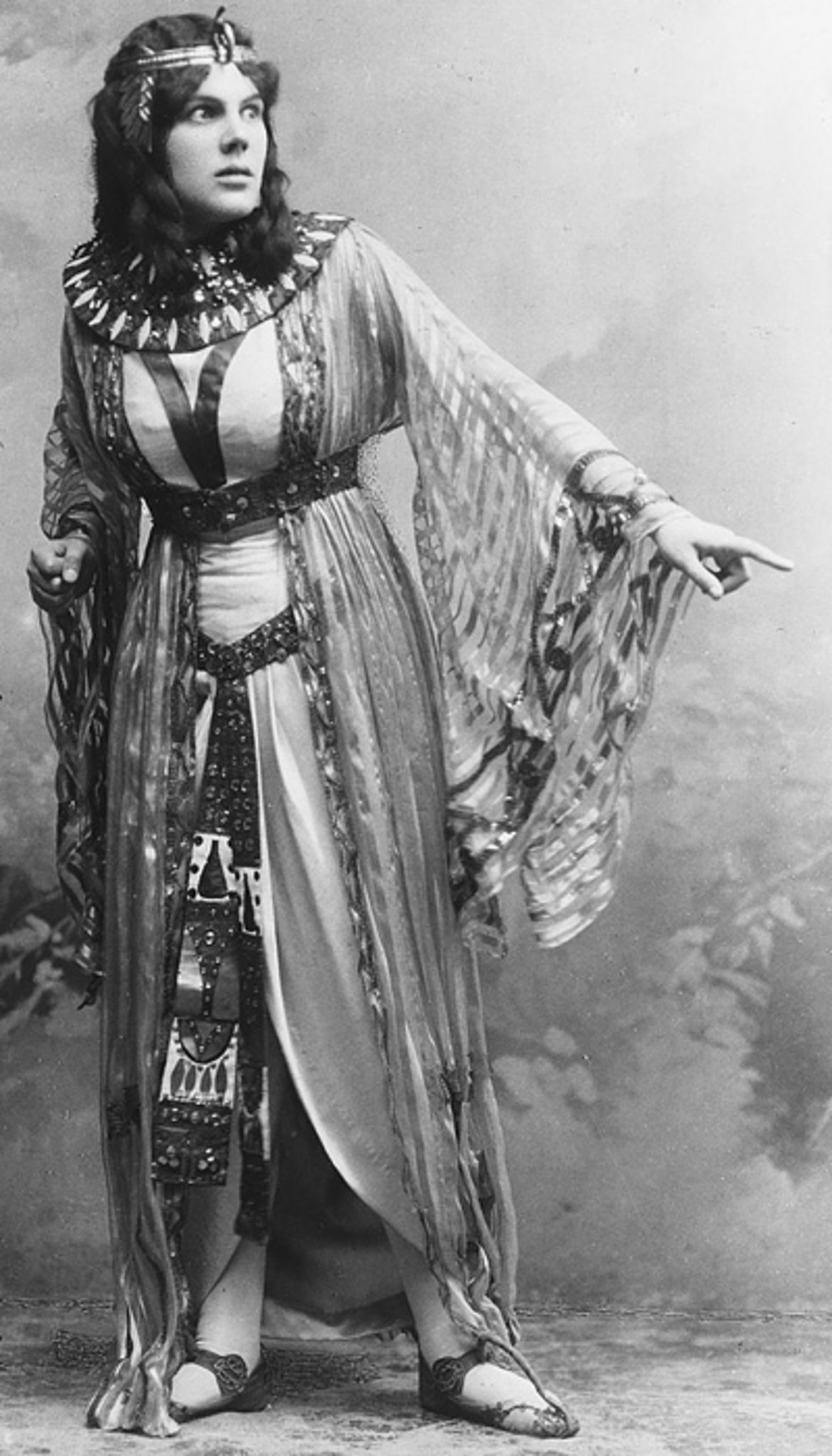I Pagliacci (The Clowns)
Development
From the turn of the twentieth century onwards, the Vienna Court Opera embarked upon a root-and-branch transformation and rejuvenation of the ensemble. Mahler conducted less frequently during this period than over the first few years of his tenure, although he still oversaw around 180 performances in the seasons between 1900/1901 and 1903/1904.
Among the new productions Mahler worked on in this period was a new staging of Wagner's Tristan and Isolde, which was first performed on 21 February 1903 with Erik Schmedes as Tristan and Anna von Mildenburg as Isolde. The production was particularly significant because it marked Mahler's first collaboration with the painter and co-founder of the Vienna Secession Alfred Roller, who would soon be appointed as the Court Opera's head of stage design. Following that first production of Tristan and Isolde, Mahler would go on to work with Roller on a number of subsequent productions, including Fidelio in 1904, Das Rheingold and Don Giovanni in 1905, and finally Iphigenie in Aulis in 1907. With Roller acting as his right-hand man, Mahler set about reforming the Court Opera’s approach to staging, sets and stage design. His changes were acclaimed by his admirers, but drew much criticism from elsewhere.
Among the performers to join the Court Opera in this period, it was Marie Gutheil-Schoder and, above all, Leo Slezak, who would succeed in leaving a legacy far beyond Mahler’s time as its director.
“His 'recipe' for working, if I can put it like that, was very simple: He would not violate the work or the performer by imposing a dominant interpretation from the outset, and he would not allow his own prejudices to close off an opportunity for individual development. His compelling authority, which was founded not on a childish, tyrannical approach to wielding power, but rather on his personal powers of persuasion and unconditional devotion to each work, meant he could dispense with the need to elevate his word to the status of absolutist dogma without fear of his position being undermined. Often, he would pick up on seemingly completely trivial points that would then beginning to blossom in his hands and, when they were all brought together, would produce an unbelievably colourful feel. This respect Mahler had for the individuality of each and every performer was almost unlimited, and it was the key to all the unusual aspects of his work that the indignant flock of orthodox traditionalists used to hold against him.” (Marie Gutheil-Schoder, 1921)
- Wikipedia: Theodor Bertram
- Wikipedia: Hermine Bosetti
- Wikipedia: Hans Breuer
- Wikipedia: Bertha Förster-Lauterer
- Wikipedia: Marie Gutheil-Schoder
- Wikipedia: Laura Hilgermann
- Wikipedia: Hermine Kittel
- Wikipedia: Richard Mayr
- Wikipedia: Hans Melms (in german)
- Wikipedia: Josie Petru (in german)
- Wikipedia: Leo Slezak
- Wikipedia: Friedrich Weidemann
- Programme archive of the Vienna State Opera





